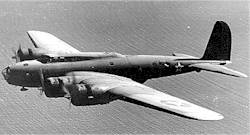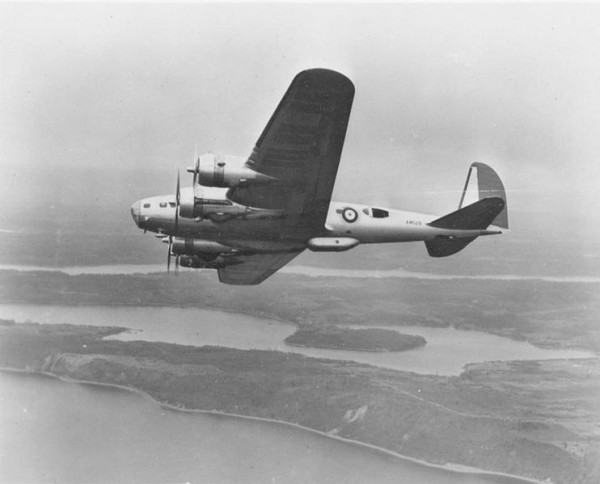
His picture was on the wall in the small terminal building – Lt. Laird Hendricks, 25, young, like most military men and women. It said he died July 28,1941, in a B-17 crash in England and was Florida’s first war causality. No other information. The Pearl Harbor attack was five months later: December 1941. I needed to know more.
I was at the Sebring Airport in central Florida, on the Experimental Aircraft Association’s “experience history” tour. I serve as volunteer pilot-docent on a B-17, a 70-year-old World War II bomber, known as the Flying Fortress. It was used mainly out of England for daylight bombing raids over Germany. Those missions were responsible for victory in Europe.
But victory came at a high price.
Over 4,000 planes, each with 10 crew, were lost in combat. Sebring airport had originally been built in 1942 as B-17 crew training base – known then as Hendricks field.
After graduating from a small-town high school in Florida, Hendricks attended a military prep school for a year, hoping for a military career. He was selected for West Point and graduated from there just before his 23rd birthday in 1939. The Army Air Corp took only the best for flight school. Hendricks was selected. Primary flight training was in Texas – most likely in the biplane trainer of the day: the open-cockpit Stearman. Then came multi-engine training. And finally training in the B-17 – the biggest, baddest, most complex, airplane of the day. Early in 1941, Hendricks, 24, with about 200 hours of flight time, graduated from flight school – a four-engine bomber pilot and a lieutenant.
I remember being a young 200-hour pilot. It was exciting.

The Germans started bombing London in the fall of 1940. The U S. did not want to enter the fight. It’s was still more than a year before Peal Harbor. So what do we do in those situations? Send weapons. We sold 20 B-17Cs to England. The 17C was the latest model, but had problems with the autopilot, engines, and oxygen systems. They went to a Royal Air Force base in Polebrook, England. What goes with the weapons? Advisors. Sound familiar? Lt. Laird Hendricks volunteered – a choice assignment for a young officer from a rural Florida town.
He reported to Polebrook on Friday, July 25, and made an entry in diary he bought in London: “First day at RAF station Polebrook England.” His last entry was two days later on Sunday, July 28: “Taking a ship up tomorrow.”
July 28, late in the afternoon, the B-17C with Lt. Hendricks and six other RAF crew members took off on a training test flight – not a combat mission. Fewer than 30 minutes later the plane was seen by witnesses falling out of the sky with a wing coming off. All were lost. Not heroically in combat. The sacrifice was just as great though. The results as tragic to loved ones left behind. More than 4,000 B-17s were lost in noncombat flights.
I can’t help but think of those serving in Alaska who have also made that sacrifice. The C-17 crew a couple years ago at Elmendorf . The young F-22 pilot on night training mission over Gulkana. Doesn’t really matter what happened. They paid the ultimate price serving. It’s dangerous work our young military men and women sign on for – even in peacetime. They are all heroes.




